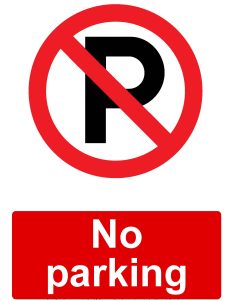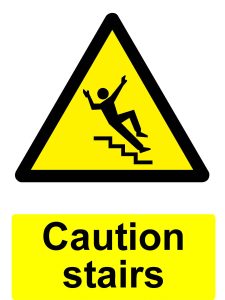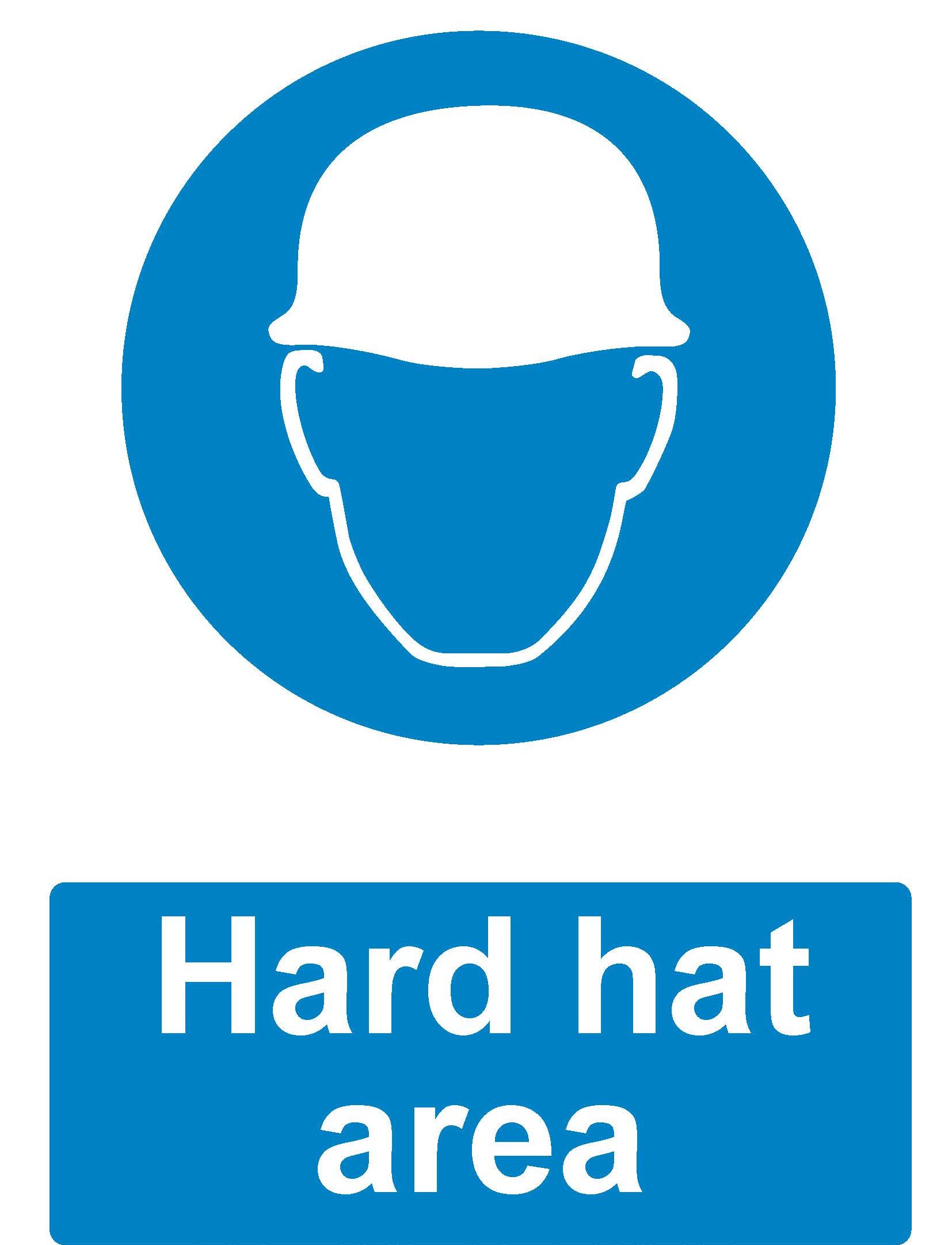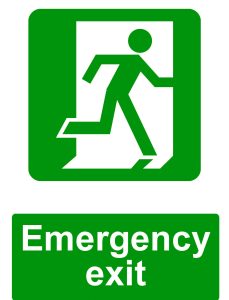45 Equipment Warning Signs
Learning Objectives
Identify warning signs on equipment.
What are Safety Signs and Symbols?
Safety signs and symbols are easily recognizable graphic labels that represent the general protocol and safety instructions in either workplaces, establishments, or public spaces. The appearance of safety signs and symbols can sometimes vary depending on the country or region, but their general goal is to communicate safety information which transcends language barriers and can be interpreted globally.
As one of the widely used industry practices in preventing injuries and accidents, safety signs and symbols inform individuals of the presence of hazards, dangers, or risks associated with certain items or places.
Why Use Safety Symbols
According to the ISO standard on safety colors and signs (ISO 3864-1:2011), “there is a need to standardize a system of giving safety information that relies as little as possible on the use of words to achieve understanding.”
Safety signs and symbols are used as safety communication tools—they help send clear messages, instructions, and warnings without the use of too many words. They speed up the level of understanding of individuals, and are useful especially in scenarios where a quick response is needed.
With the use of visual aids, safety signs and symbols reduce the risk of accidents and create awareness on hazards present in specific areas or materials.
Types of Safety Symbols
Standardized safety signs and symbols are characterized by images, pictograms, shapes, words, phrases, sentences, or statements. Each shape conveys a different meaning, and each color represents the type of precaution it’s categorized in. Below are the 4 main types of safety signs and their meanings:

Prohibition
The prohibition sign, also known as the No symbol or “Do Not” sign, is a type of symbol that indicates an instruction of forbidding an activity. It aims to prevent a behavior that could pose a potential risk not just to an individual, but to the area and its other occupants as well. This can also sometimes be just direct commands for prohibited activities.
These signs are characterized by a circular red band with a diagonal line descending from left to right in a 45 degree angle. Examples of these are do not smoke or do not enter commands.

Warning
Warning signs, as the name suggests, are symbols that communicate warnings and notify individuals of the presence of hazards or dangers in an area. These dangers may not initially be apparent so usage of these types of signs helps ensure that special attention is gained from the people in the vicinity.
This can vary but the common characteristics of this symbol is a yellow or amber band in a triangle form and black text that specifies why it’s a hazard. Examples of these are deep excavation signs and high voltage warnings.

Mandatory
The mandatory sign is a symbol that orders a specific action to help comply with statutory requirements involving a business or industry. It aims to protect individuals from dangers that could arise, should these orders be disregarded, and is commonly used in isolated areas where a particular precaution is required.
These signs usually feature a circular shape with a blue background and white pictogram. Examples of these are areas with safety helmet and protective goggles requirements.

Emergency
Emergency signs are one of the most common types of symbols used generally and understood fairly easily. These are symbols that indicate emergency exits and doors, escape routes, and signs that direct to first aid or emergency equipment.
These signs are characterized with rectangular or square shapes, green background, and white pictogram. Most common examples of these are fire exits and other secondary routes used for emergencies.
Aside from the above-mentioned safety signs and symbols, there are labels that are specifically or are mostly used for identifying potential chemical hazards called GHS pictograms.
What are GHS Pictograms?
GHS pictograms are graphic labels that communicate the potential risk associated with a specific chemical and unprotected exposure to its elements. It is characterized by a symbol on a white background, framed with red borders, and an imagery that distinctly presents the classification or type of potential hazard it is related to.
GHS pictograms are part of the Globally Harmonized System of Classification and Labelling of Chemicals—an internationally agreed-upon standard of labeling scheme and hazard classification in relation to hazardous chemicals.
According to the Occupational Safety & Health Administration (OSHA), and in compliance with the updated Hazard Communication Standard (HCS), it is required that all chemical labels have a standardized signal word, precautionary statement, and pictograms attached for each hazard class and category.
GHS Pictograms: Hazards and Classification
Other Pictograms will be studied as a part of the WHMIS training.
